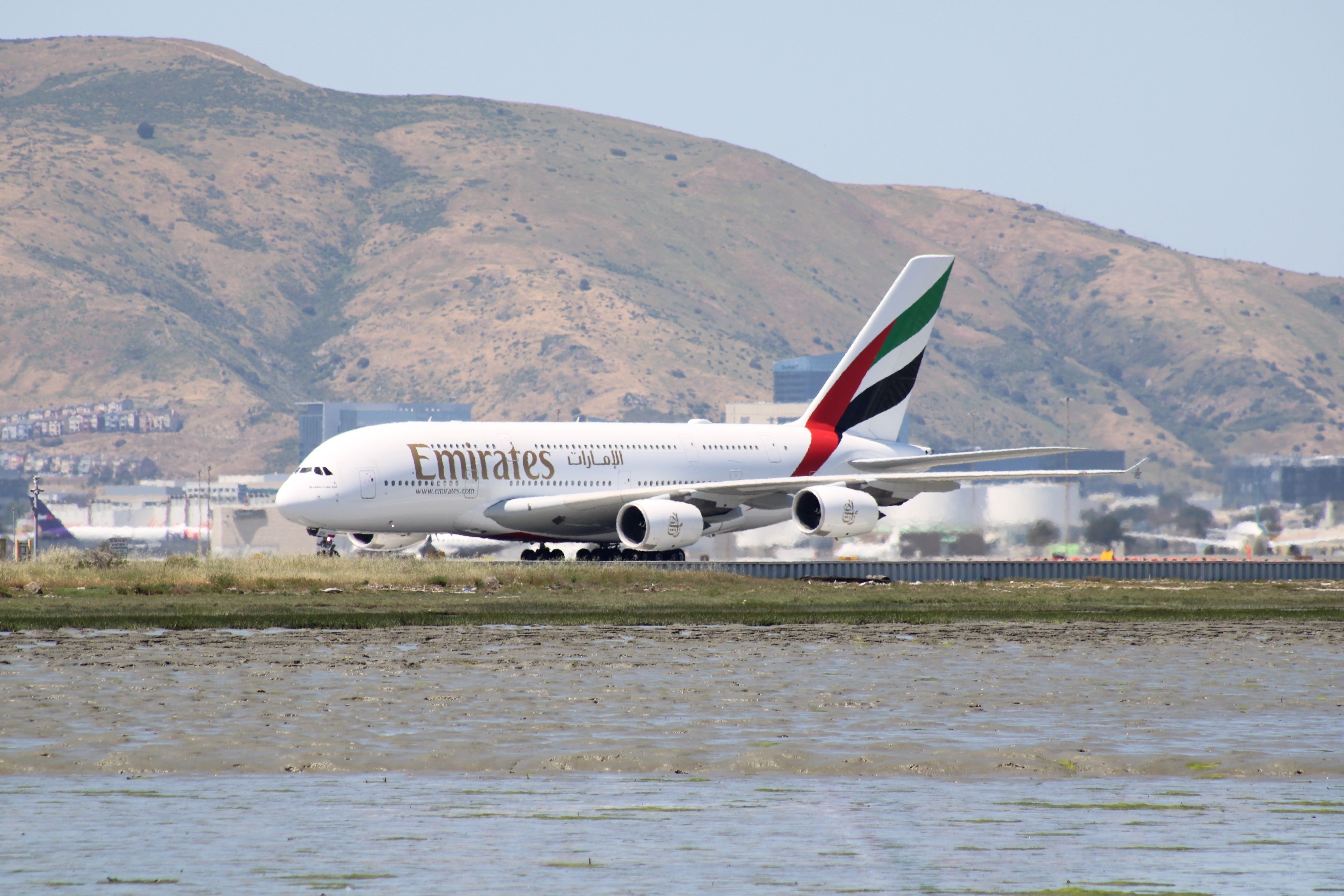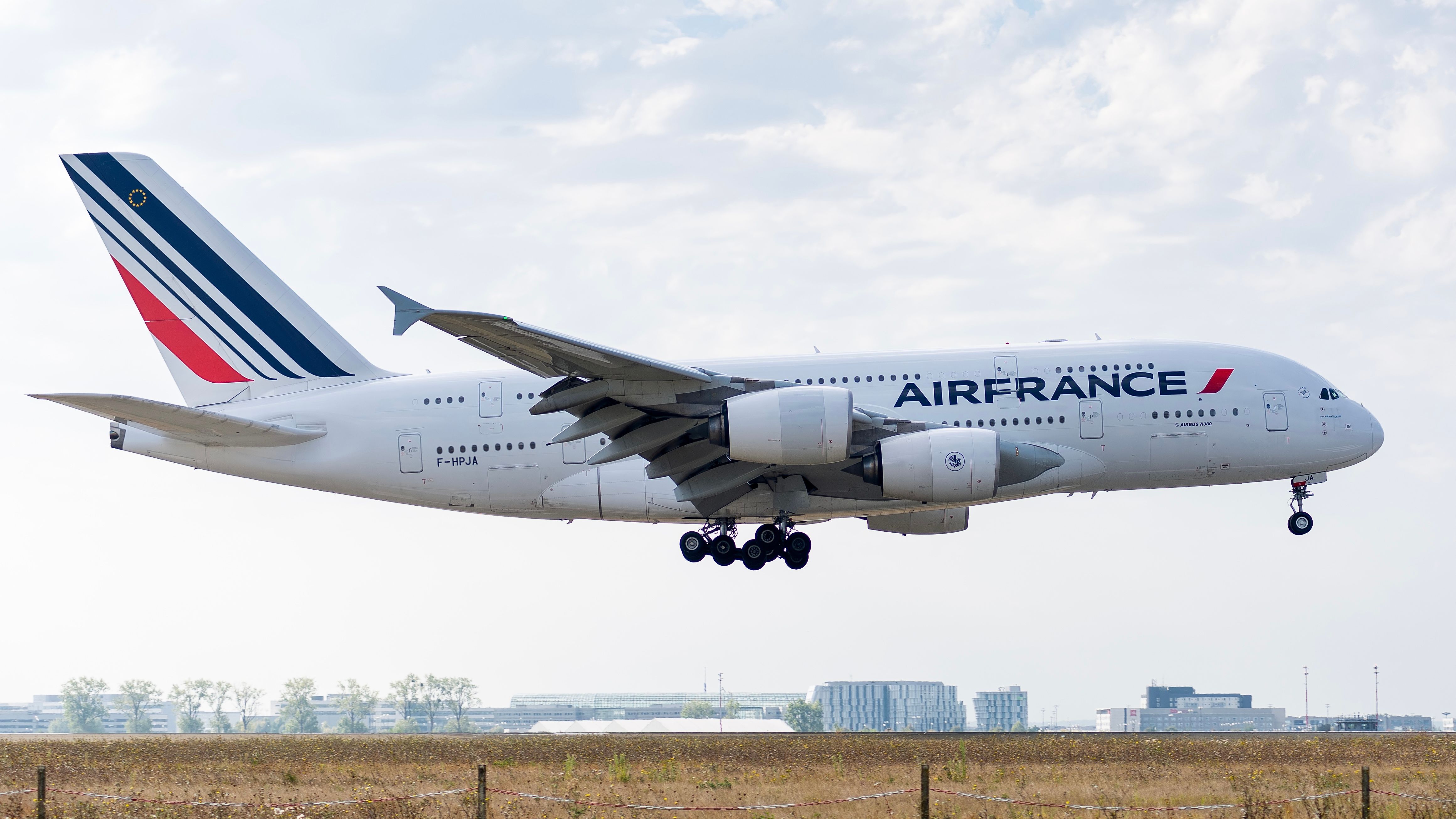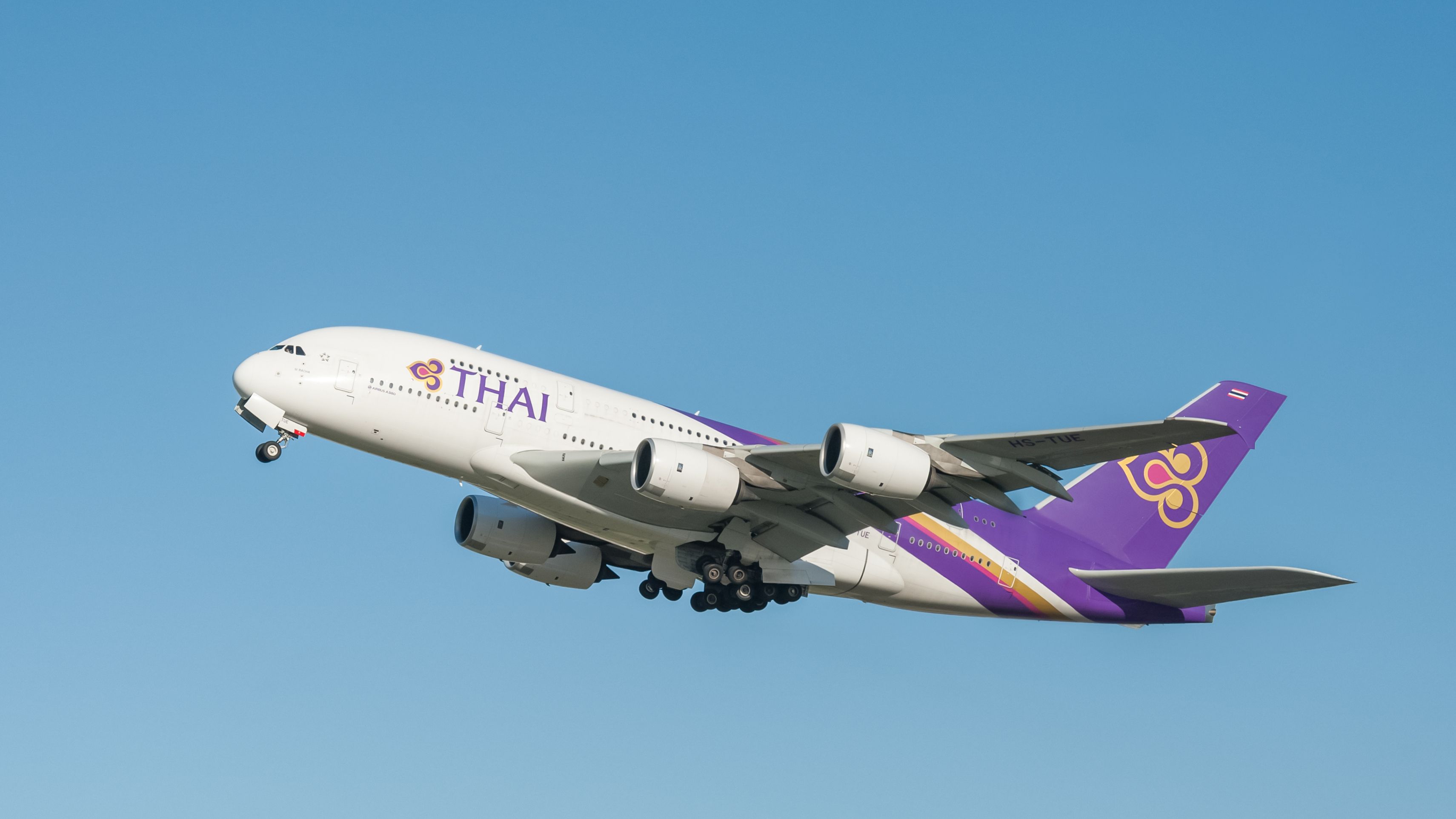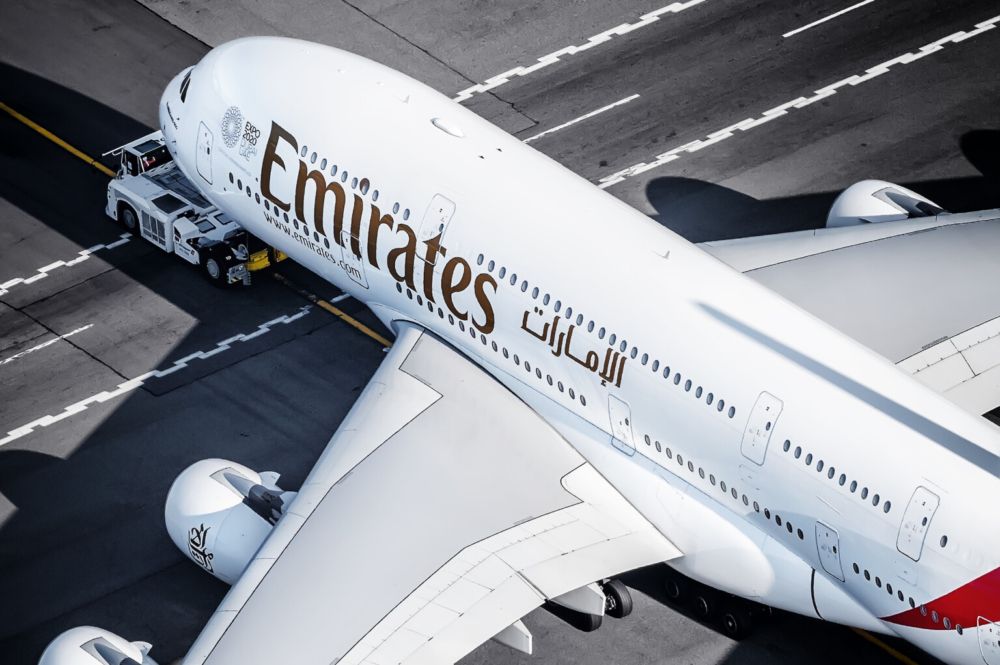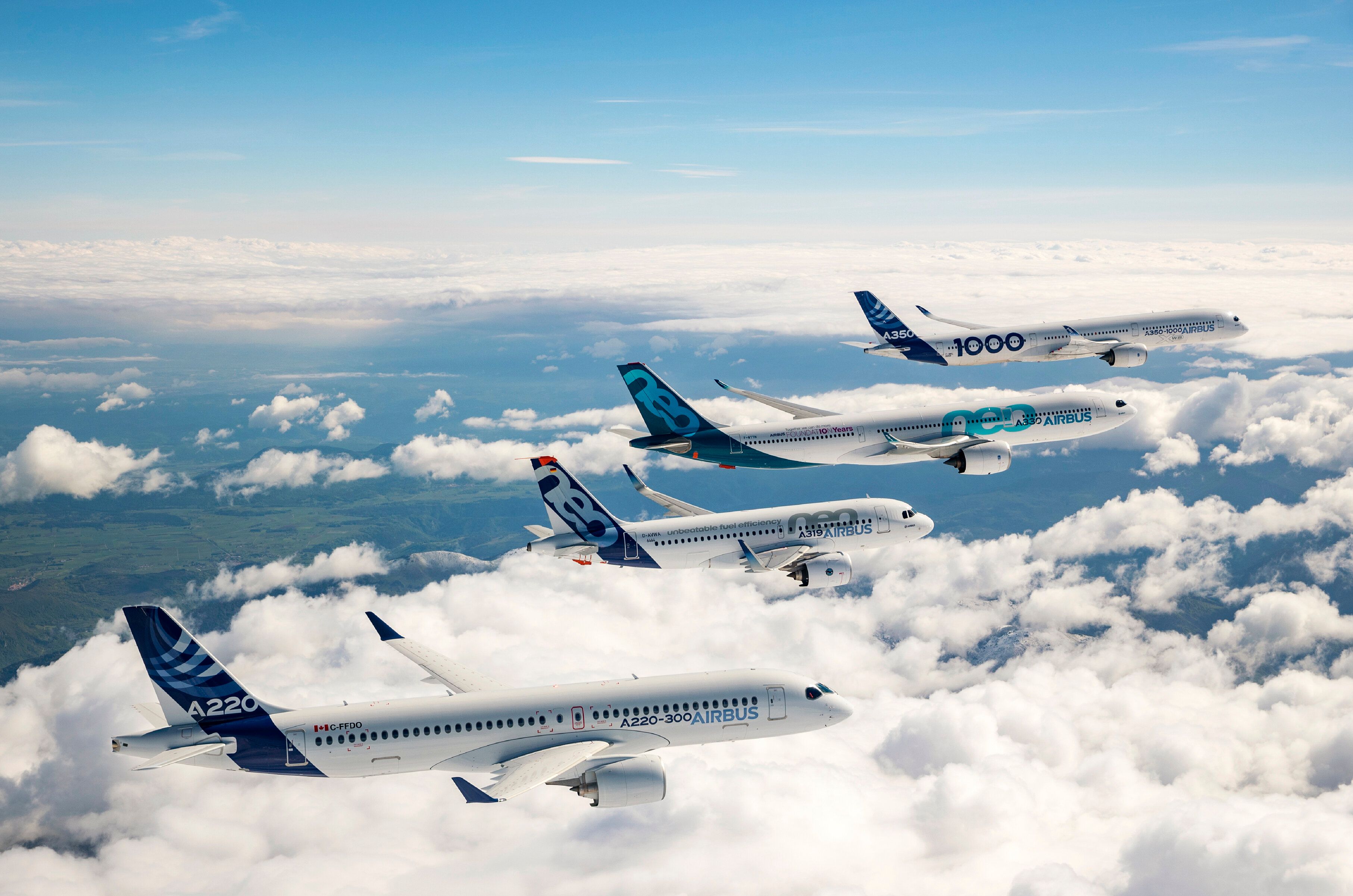Summary
- Emirates succeeded with the A380, whereas others failed due to rapid fleet expansion and economies of scale.
- Airbus’ double-decker requires a large hub with sufficient A380-capable gates, making Dubai an ideal base for the type.
- Carriers with smaller fleets like Air France and Thai Airways couldn’t push operating costs below the break-even point.
The Airbus A380 has been ferrying impressive amounts of passengers globally since the plane first entered service with Singapore Airlines in 2007. But despite its technological achievements and remarkable capacity, most operators failed to truly embrace the jet as the backbone of their long-haul fleets.
Several airlines ordered the Airbus A380; however, most did not purchase the jet to serve anything beyond a handful of extremely high-capacity routes. When fuel prices rose, and airlines saw demand drop in the wake of the COVID-19 pandemic, carriers were quick to retire the quad-engined jet in droves.
Well, all except one airline. Middle Eastern carrier Emirates went all in on the jet, acquiring an incredible 116 units of the superjumbo. Despite the odds, Emirates has made the A380 its flagship, serving tons of destinations across the world. In statements, airline leaders have indicated their intention to keep the jet flying until the 2040s.
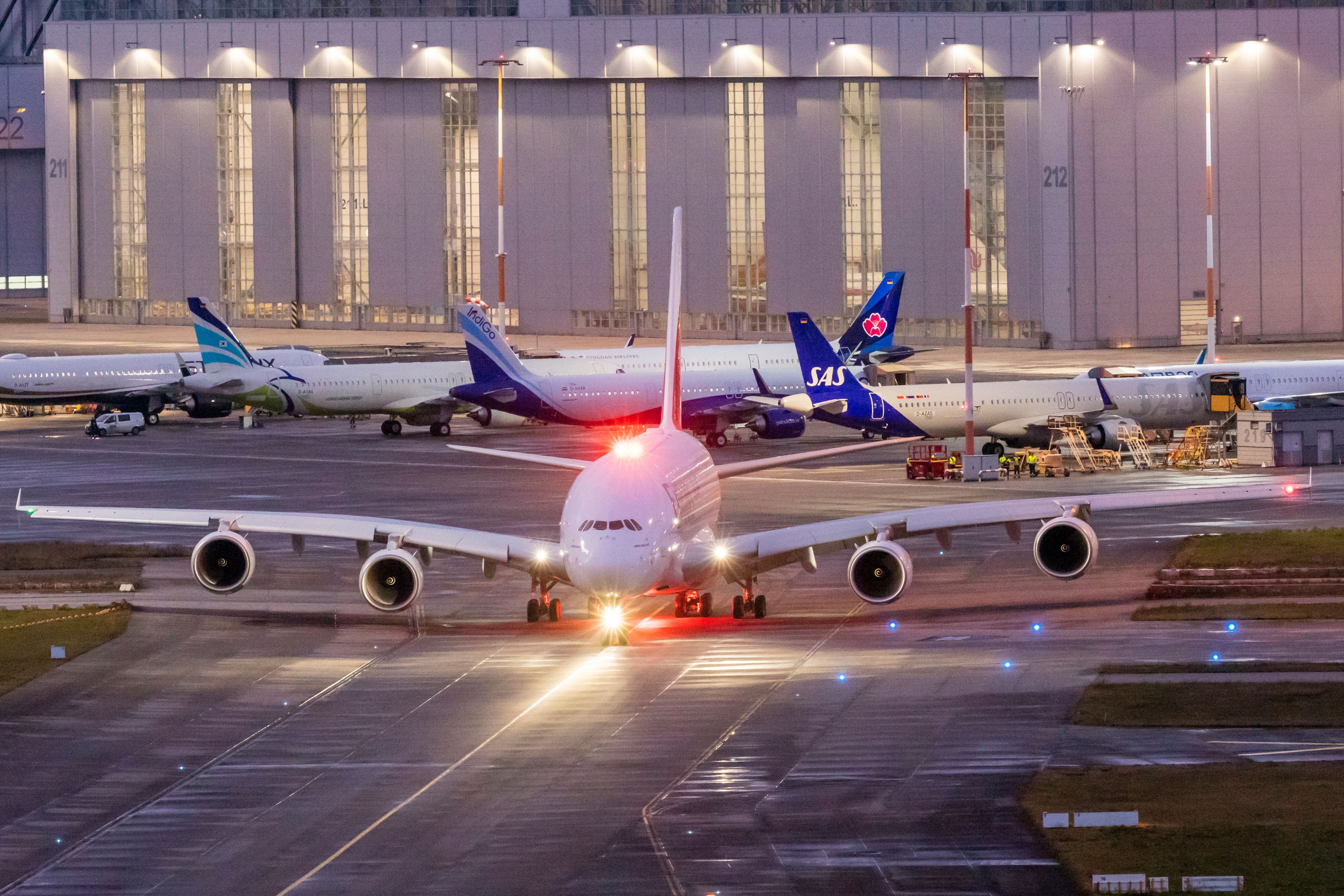
The Various Rejected Names For The Airbus A380
The superjumbo had many names before finally becoming the Airbus A380.
Thus, this begs the question: what separates Emirates from the rest? What allowed the carrier to succeed while all others failed to truly embrace the aircraft and sustain profitable operations with the A380?
A lack of scale
The Airbus A380 is undeniably an aircraft fit for economies of scale. As maintenance facilities, spare parts, and pilot training on the jet are costly, the individual per-unit costs will only decrease as an airline expands its fleet.
Photo: The Global Guy | Shutterstock
Emirates was the only carrier to act on this and rapidly expanded its fleet to ensure its unit costs for A380 operations remained relatively low. The airline wanted to continue expanding its fleet and pushed Airbus to continue producing the type even when the manufacturer had already decided to end production.
Carriers that failed with the superjumbo were unable to follow Emirates’ approach. Air France, for example, only purchased 10 A380s, a move that never allowed the airline to push operating costs beneath their break-even point.
Photo: GB-Photographie | Shutterstock
No one was all that surprised when the French flag carrier Air France retired its fleet back in 2020. Regarding the matter, Tim Clark, Emirates’ long-time president, had the following words to share in an interview with Airline Ratings:
“The A380 was a misfit for Air France. They never scaled, they only have ten aircraft. Yes, we faced the same teething problems, but we dealt with them because we were scaled enough to deal with it. If you’ve got a sub fleet of 10 it’s a bloody nightmare and the costs go through the roof.”
An ideal hub
As the A380 is the ultimate hub-to-hub aircraft, the requirements for an operator’s primary hub are stringent. Dubai International Airport (DXB) is an ideal base for A380 operations due to its massive size and impressive number of A380-capable gates.
Back in 2016, when the airline was in the middle of growing its A380 fleet, Aviation Voice reported that Dubai’s airport received an upgrade to include ten more category F gates, those with enough space to fit an Airbus A380, bringing the total number north of 50. Since then, renovations have only continued to grow the number.
Photo: Steve Mann | Shutterstock
The polar opposite of this can be observed at Bangkok Suvarnabhumi Airport (BKK), where the total number of A380-capable gates sits at just five (although imminent renovations will see this number rise), according to Airport Suppliers. Thus, Thai Airways International, which operated the A380 out of the airport, never really had the opportunity to expand its fleet beyond the six jets it ultimately ordered and reduce operating costs to the point of sustained profitability.

